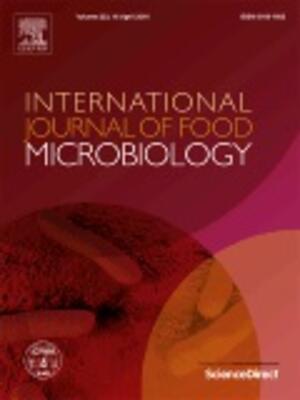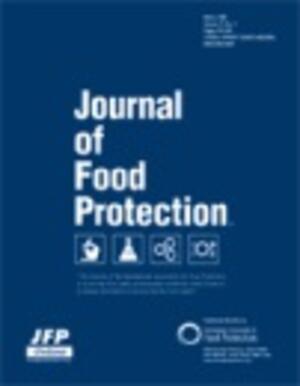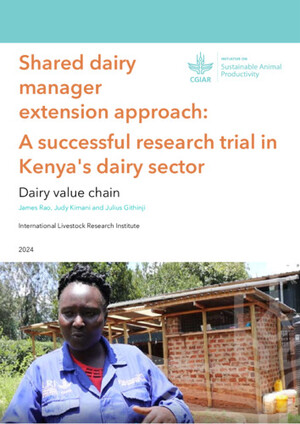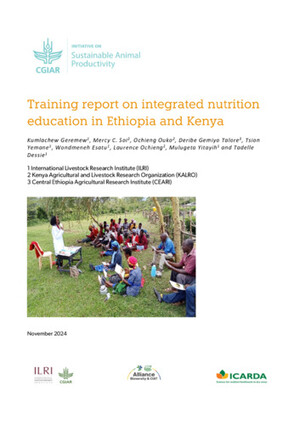
Determinants of adoption of dairy cattle technology in the Kenyan highlands: a spatial and dynamic approach
Abstract
Adoption of high grade cows by smallholders is driven by the objective of increased milk production, for both home consumption and sale. Smallholders are believed to have a comparative advantage in rearing grade cows, but constraints to adoption are numerous: the cost of a grade cow is relatively high, and the dairy enterprise is risky. Risks include animal diseases and lack of reliable marketing outlets. Marketing risks are a common preoccupation for smallholders but it is particularly relevant for milk, which is bulky, highly perishable, and sold daily. Using a dynamic and spatial framework. this study tests the hypothesis that access to credit facilitates adoption. GIS-derived distances are computed and introduced in a duration model in order to control for market access. Time is expected to play a key role in adoption and two time dimensions are introduced: an idiosyncratic time describing the conditions faced by the household at the beginning of the spell and historical time accounting for the changes in the external conditions. Results show that access to credit cannot be excluded as a reason for delaying adoption of grade cows. Policy changes over time are also found to play a role in the adoption process, as the reduced availability of reliable market channels and veterinary services after liberalisation in 1992 are shown to have shifted down the adoption function.
Citation
Baltenweck, I.; Staal, S.J. 2000. Determinants of adoption of dairy cattle technology in the Kenyan highlands: a spatial and dynamic approach. Paper presented at the International Association of Agricultural Economics (IAAE) Meetings, Berlin, August 2000. Nairobi (Kenya): ILRI










